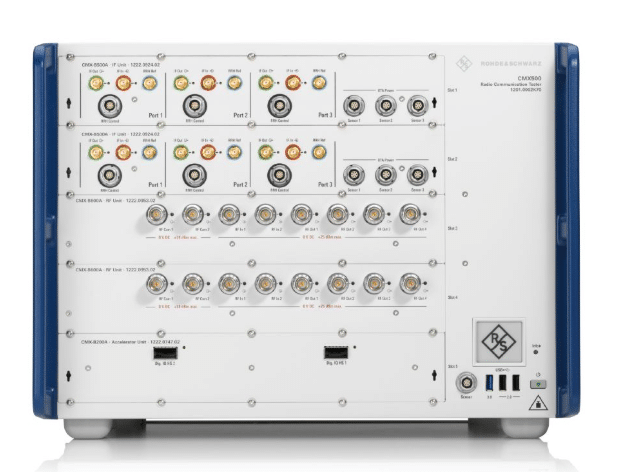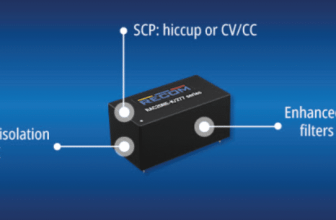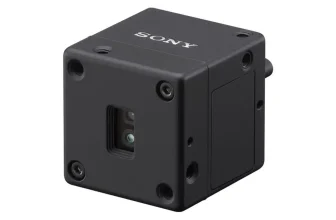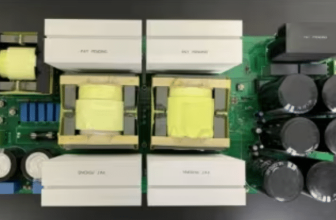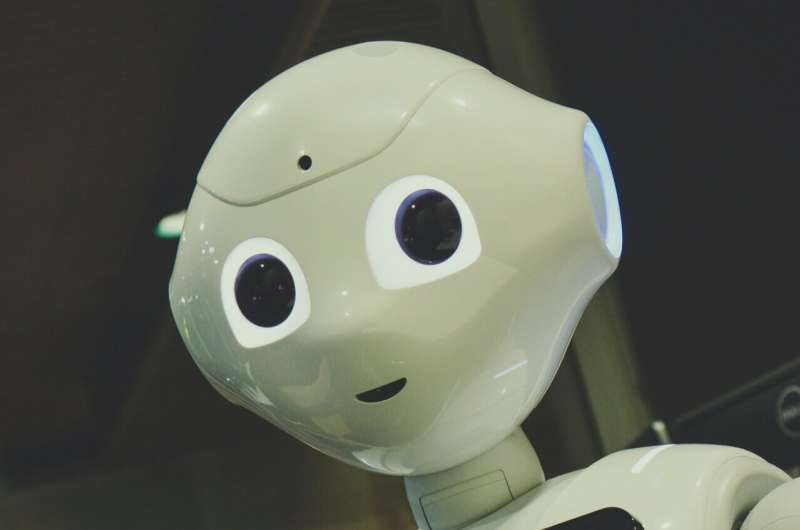
Check out our latest products
Do robots with eyes seem more alive? A study explores how eye features on humanoid robots shape human perception of their minds.

Engineers have developed humanoid robots, some in public spaces and others possibly entering homes. As these robots assist users, understanding how people perceive them is important. While many roboticists focus on human-like design, some study how physical features shape beliefs about a robot’s mind and consciousness.
A research team at the University of Bremen explored whether the presence of eyes on a humanoid robot affects how people perceive its mind. Their study found that humans are more likely to attribute a mind to a robot if it has eye-like structures on its face.

Humans often associate meanings with eyes, as they can express emotions or internal states. The researchers aimed to explore whether these associations influence how people perceive humanoid robots, particularly in attributing a mind capable of thought or emotion.
Researchers created images of humanoid robots with full bodies, displaying them with or without eyes. In one experiment, participants evaluated mind attribution through self-assessment questionnaires, while another used the Implicit Association Test. The study involved two experiments with 200 and 100 participants. In both cases, participants viewed AI-generated images of humanoid robots with or without eyes to assess their perceptions.
In the first experiment, participants answered four questions after viewing robot images, assessing whether the robot could act with self-control and thought, distinguish right from wrong, experience emotions, or possess personality and consciousness. In the second experiment, researchers used the Implicit Association Test, a psychological tool that measures subconscious attitudes by analyzing how quickly participants make associations after seeing an image or reading a word.
The study found that humans are more likely to attribute a mind to humanoid robots with eye-like facial features than those without. Both explicit and implicit measurements showed that the presence of eyes increased perceptions of agency and experience.
These findings suggest that eye-like features influence beliefs about a robot’s ability to think, be conscious, and experience emotions. This research could guide the development of humanoid robots and encourage further studies on the psychological and ethical implications of attributing a mind to machines.
Reference: Jari Hietanen et al, The Effect of Eyes on the Perception of Humanoid Robots’ Mind, SSRN (2025). DOI: 10.2139/ssrn.5139266.


![[5G & 2.4G] Indoor/Outdoor Security Camera for Home, Baby/Elder/Dog/Pet Camera with Phone App, Wi-Fi Camera w/Spotlight, Color Night Vision, 2-Way Audio, 24/7, SD/Cloud Storage, Work w/Alexa, 2Pack](https://m.media-amazon.com/images/I/71gzKbvCrrL._AC_SL1500_.jpg)



![[3 Pack] Sport Bands Compatible with Fitbit Charge 5 Bands Women Men, Adjustable Soft Silicone Charge 5 Wristband Strap for Fitbit Charge 5, Large](https://m.media-amazon.com/images/I/61Tqj4Sz2rL._AC_SL1500_.jpg)

